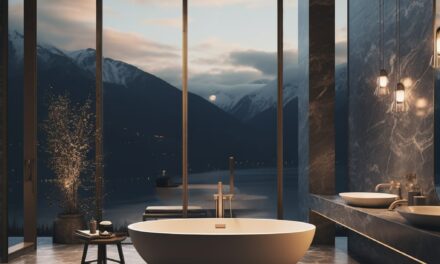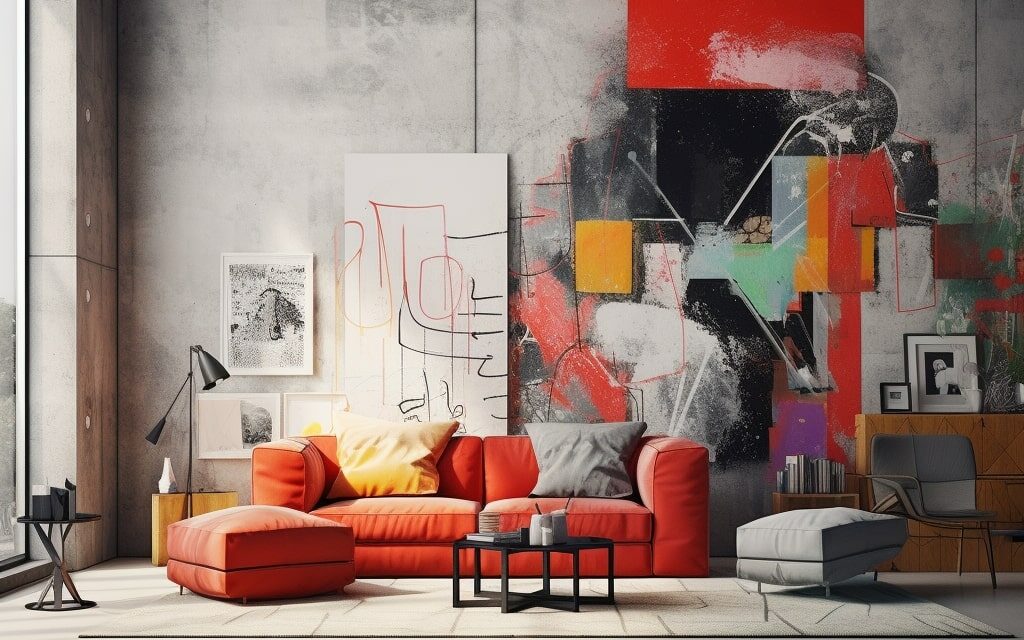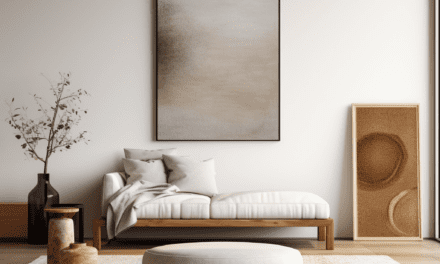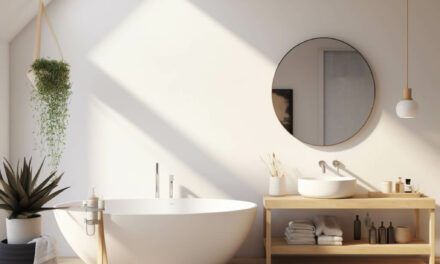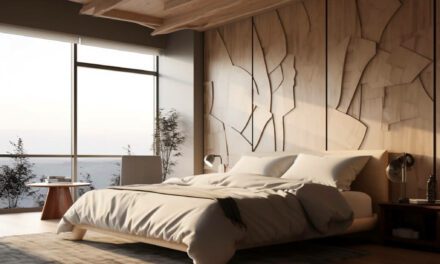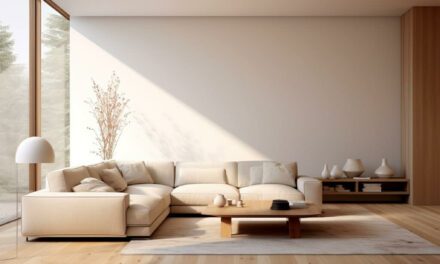Commercial interior design is the art of creating functional and aesthetically pleasing workspaces that cater to the needs of businesses and their employees. It encompasses a wide range of design elements, from space planning and lighting to color schemes and furniture selection.
The importance of commercial interior design cannot be overstated. In today’s competitive business landscape, a well-designed workspace can make all the difference in enhancing productivity, employee well-being, and overall business success. It can also help create a positive work environment that fosters creativity, collaboration, and innovation.
In this article, we will explore the significance of commercial interior design for businesses, the latest trends in the industry, the benefits of hiring a professional designer, the design process, inspiring examples, practical tips for success, and key concepts and principles. We will also address frequently asked questions to help readers gain a deeper understanding of commercial interior design and its role in creating successful workspaces.
What is Commercial Interior Design?
Commercial interior design is more than just creating visually appealing workspaces; it is about crafting an environment that enhances productivity, employee well-being, and overall business success. The significance of commercial interior design cannot be overstated, as it plays a crucial role in shaping the impression that a business makes on its clients and employees.
A well-designed workspace can help maximize the potential of a business.
By creating a positive work environment, employees are able to work to their full potential and feel valued and supported, resulting in increased productivity and job satisfaction. A workspace that is optimized for functionality and comfort can also help businesses attract and retain talented individuals, contributing to the long-term success of the organization.
The aesthetic appeal of a workspace also matters, as it helps create a positive first impression on clients and visitors. A visually appealing work environment can convey a sense of professionalism, creativity, and attention to detail, contributing to a positive brand image.
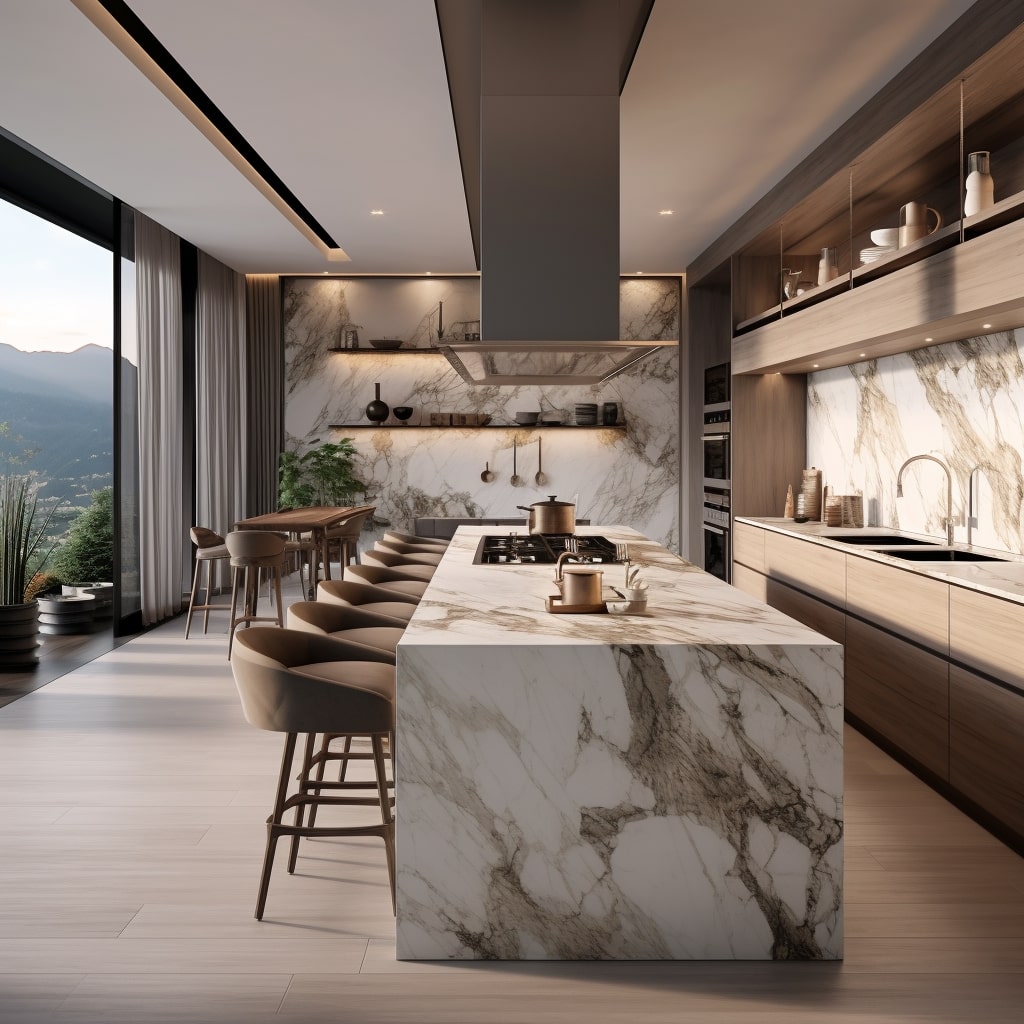
Understanding the Impact of Aesthetics and Functionality
Commercial interior design is not just about creating a visually appealing space. It is also about optimizing the functionality of the workspace. A well-designed workspace should provide the necessary tools and resources to enable employees to work effectively and efficiently.
Functionality is especially important in a commercial setting, as it can impact the day-to-day operations of the business. Factors such as lighting, acoustics, and spatial layout can all contribute to the functionality of the workspace, and a skilled commercial interior designer can help ensure that these factors are optimized for the specific needs of the business.
Trends in Commercial Interior Design
Commercial interior design is a constantly evolving field, with new trends emerging each year. Keeping up with these trends is not only essential for staying relevant in the industry but also for creating appealing workspaces that attract top talent and reflect a brand’s identity and values.
Biophilic Design
Biophilic design is a trend that has been gaining momentum in recent years. It focuses on integrating natural elements, such as plants, water features, and natural light, into the design of indoor spaces. This approach can promote a sense of well-being and reduce stress levels for occupants, improving productivity and creativity.
Flexible and Collaborative Spaces
As more companies adopt flexible working arrangements and collaborative work styles, the demand for adaptable and multi-functional workspaces has increased. Designers are incorporating features such as movable walls, modular furniture, and open floor plans to create spaces that can easily adapt to changing needs and maximize collaboration.
Minimalism and Simplicity
The trend towards minimalism and simplicity in commercial interior design centers around creating clutter-free, streamlined work environments that promote focus and productivity. This design style incorporates simple color schemes, clean lines, and functional furniture that serves a purpose while creating a sleek aesthetic.
Incorporating Branding Elements
Creating a workspace that reflects a brand’s identity and values is becoming increasingly important. Designers are incorporating branding elements into the design of commercial spaces, such as company logos, color schemes, and unique textures, to create a cohesive and memorable brand experience for employees and visitors.
Eco-Friendly Design
The importance of sustainability in commercial interior design cannot be overemphasized. This trend involves incorporating eco-friendly materials, energy-efficient lighting and appliances, and other environmentally conscious features into the design of commercial spaces. This not only reduces environmental impact but also enhances the well-being of occupants.
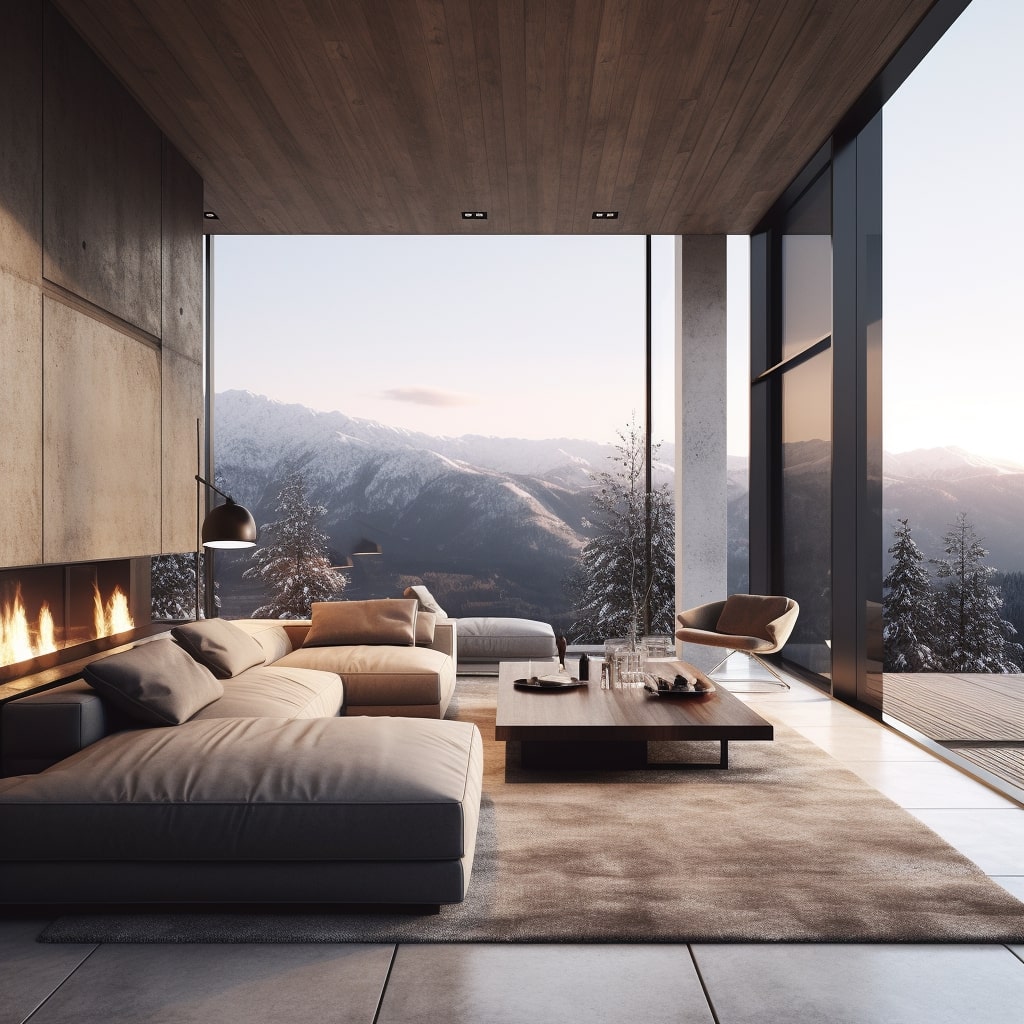
The Benefits of Hiring a Commercial Interior Designer
Designing a commercial space can be a complex and time-consuming process that requires careful planning, attention to detail, and expertise in the field. Hiring a professional commercial interior designer can offer numerous benefits that can lead to a successful project outcome.
Save Time and Money
A professional designer can help streamline the design process and ensure that the project stays on schedule and within budget. They have the knowledge and experience to anticipate potential challenges and find solutions that can save time and money in the long run. In addition, they have established relationships with vendors and suppliers, which can result in cost savings on materials and furnishings.
Create Cohesive, On-Brand Designs
A commercial interior designer can help ensure that the design of the space reflects the brand’s identity and values. They can create a cohesive overall design that incorporates branding elements, such as colors and logos, while still maintaining a functional and efficient workspace. This can help create a memorable and unique environment that sets the business apart from competitors.
Efficient Project Management
Working with a commercial interior designer can also ensure that the project is efficiently managed from start to finish. They can oversee the scheduling of contractors, supervise the work, and ensure that all aspects of the project are executed properly. This can help avoid delays and ensure that the project is completed on time and within budget.
Expertise in Design and Functionality
A professional commercial interior designer has the knowledge and skills to create a space that is both aesthetically pleasing and functional. They can design a space that maximizes productivity, employee comfort, and efficient use of space. They can also incorporate the latest design trends and technologies to create a modern and inspiring environment that meets the needs of the business and its occupants.
Overall, hiring a commercial interior designer can lead to a successful project outcome that meets the needs of the business and its employees. It can result in a well-designed and efficient workspace that supports the success of the business in the long run.
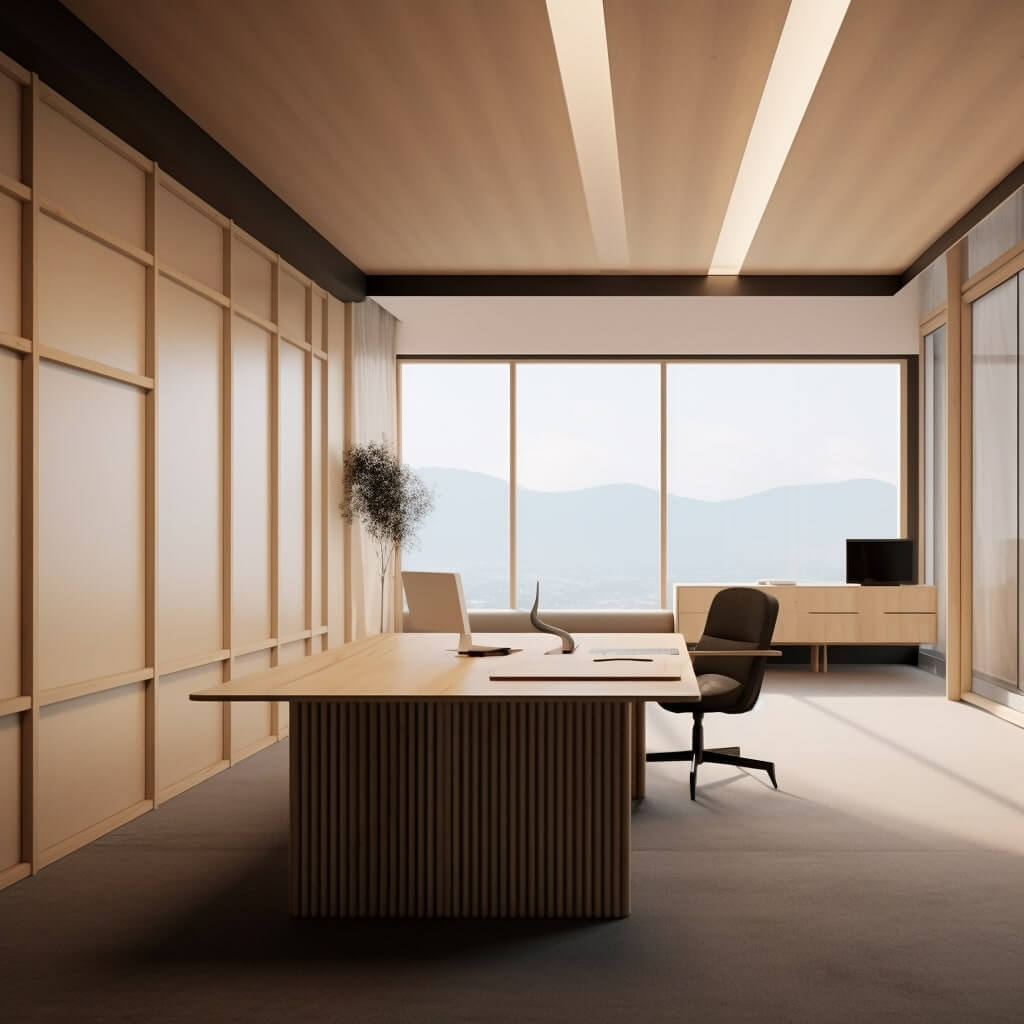
The Commercial Interior Design Process
The commercial interior design process is a systematic and collaborative approach that involves various stages and stakeholders. From understanding the client’s needs to delivering the final design, each step plays a crucial role in ensuring a successful outcome. Here is an overview of the typical commercial interior design process:
| Stage | Description |
|---|---|
| Consultation | The initial meeting between the designer and the client to discuss the project scope, objectives, timeline, and budget. |
| Planning | The designer conducts a thorough analysis of the space, the client’s needs, and the target audience to establish a design concept. This stage also includes creating mood boards, sketches, and 3D render visualizations. |
| Design Development | The designer refines the design concept, selects materials, furniture, lighting, and other elements that align with the client’s design goals and budget. The designer also prepares detailed drawings, schematics, and specifications to communicate the project requirements to stakeholders. |
| Implementation | The construction or renovation phase of the project, where the design is turned into a physical space. The designer works closely with contractors, suppliers, and other professionals to ensure quality and timely execution of the project. |
| Finalization | The designer conducts a final walkthrough to ensure that the design meets the client’s expectations and specifications. The designer also provides recommendations on maintenance, sustainability, and future design opportunities. |
Throughout the process, effective communication, collaboration, and feedback are essential to ensure that the design aligns with the client’s vision, requirements, and budget. A professional commercial interior designer can guide the client through each stage, provide expert advice, and ensure the smooth execution of the project.
Inspiring Commercial Interior Design Examples
Looking for inspiration for your commercial interior design project? Check out these examples of successful projects:
Office Space
| Feature | Description |
|---|---|
| Open Space Layout | The use of an open space layout allows for collaboration and communication among employees |
| Green Elements | Incorporating plants and other natural elements can improve air quality and create a more inviting and calming atmosphere |
| Brand Identity | Using the company’s brand colors and logos throughout the design reinforces the brand identity and creates a cohesive look |
| Modern Furniture | Choosing modern and comfortable furniture can improve productivity and employee comfort |
This office space showcases the use of an open layout that promotes collaboration and communication among employees. The incorporation of natural elements such as plants and green walls adds a touch of nature and improves air quality. The use of the company’s brand colors and logos throughout the design reinforces the brand identity and creates a cohesive and professional look. The selection of modern furniture also ensures employee comfort and improves productivity.
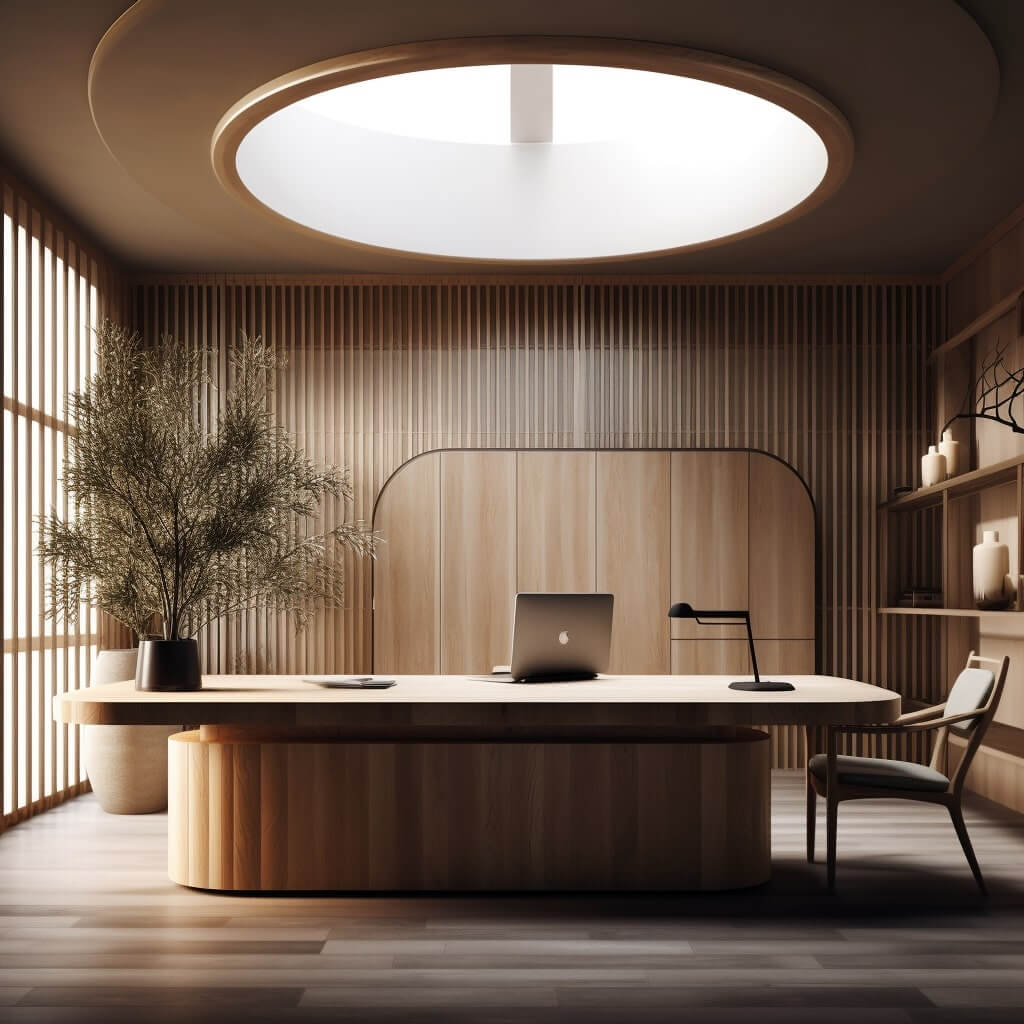
Retail Space
| Feature | Description |
|---|---|
| Lighting | Proper lighting can highlight products and create an inviting atmosphere |
| Visual Merchandising | Effective use of visual merchandising can showcase products and encourage customers to make purchases |
| Color Scheme | The use of a simple and understated color scheme can create a sophisticated and elegant look |
| Comfortable Seating Area | A comfortable seating area can provide a place for customers to relax and engage with the products |
This retail space demonstrates the importance of proper lighting in highlighting products and creating an inviting atmosphere. The effective use of visual merchandising showcases the products and encourages customers to make purchases. The use of a simple and understated color scheme creates a sophisticated and elegant look. The inclusion of a comfortable seating area provides a place for customers to relax and engage with the products, improving the overall shopping experience.
Restaurant Space
| Feature | Description |
|---|---|
| Ambient Lighting | Ambient lighting can create a cozy and intimate atmosphere |
| Mood Lighting | The use of mood lighting can enhance the dining experience |
| Comfortable Seating | Choosing comfortable seating can improve the dining experience and encourage longer stays |
| Unique Decor | Incorporating unique decor elements can create a memorable dining experience and set the restaurant apart from competitors |
This restaurant space showcases the use of ambient and mood lighting to create a cozy and intimate atmosphere. The selection of comfortable seating enhances the dining experience and encourages customers to spend more time in the restaurant. The unique decor elements such as the wall art and hanging plants create a memorable dining experience and set the restaurant apart from competitors.
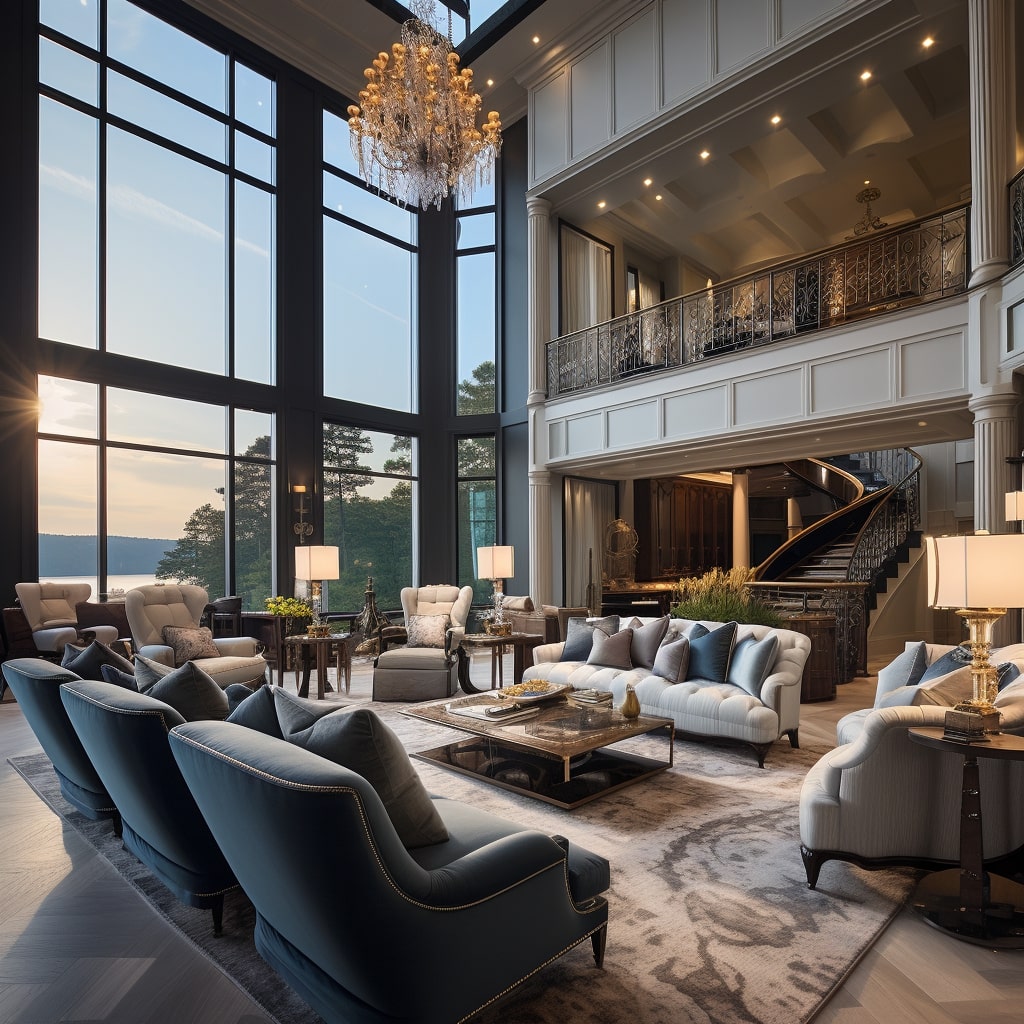
Tips for Successful Commercial Interior Design
Effective commercial interior design goes beyond aesthetics and requires careful consideration of functionality, user experience, and brand identity. Here are some tips to help you achieve successful commercial interior design:
1. Space Planning
Before investing in furniture or decor, it’s important to consider the layout of the space and how it can best serve the needs of the business. This involves understanding the flow of people and activities in the space, as well as planning for future growth and change. Conducting a space analysis can help identify opportunities for optimization and inform design decisions.
2. Lighting
Lighting can greatly impact the mood and productivity of a space. Natural lighting is ideal, but if not available, artificial lighting can be strategically placed to create an inviting and functional environment. Consider incorporating different types of lighting, such as task lighting for workspaces and ambient lighting for common areas, to create a dynamic and versatile environment.
3. Color Schemes
The color scheme of a workspace can greatly impact the mood and productivity of employees. Neutral and calming colors, such as white, beige, and blue, are ideal for creating a peaceful and focused environment. However, pops of color can also be incorporated to add personality and creativity to the space. Consider the branding and style of the business when selecting a color scheme.
4. Furniture Selection
The furniture selected for a workspace greatly impacts the comfort and functionality of the environment. Consider ergonomic chairs and desks to promote healthy posture and reduce workplace injuries. Modular furniture can also provide flexibility and adaptability to changing needs. Additionally, consider the style and branding of the business when selecting furniture.
5. Incorporate Branding Elements
The interior design of a workspace can greatly enhance the branding of a business. Incorporating branding elements, such as logos and colors, into the design can create a cohesive and recognizable environment. Consider incorporating branding elements into furniture, decor, and signage.
By following these tips, you can achieve a successful commercial interior design that caters to the needs of the business, its employees, and its brand identity.
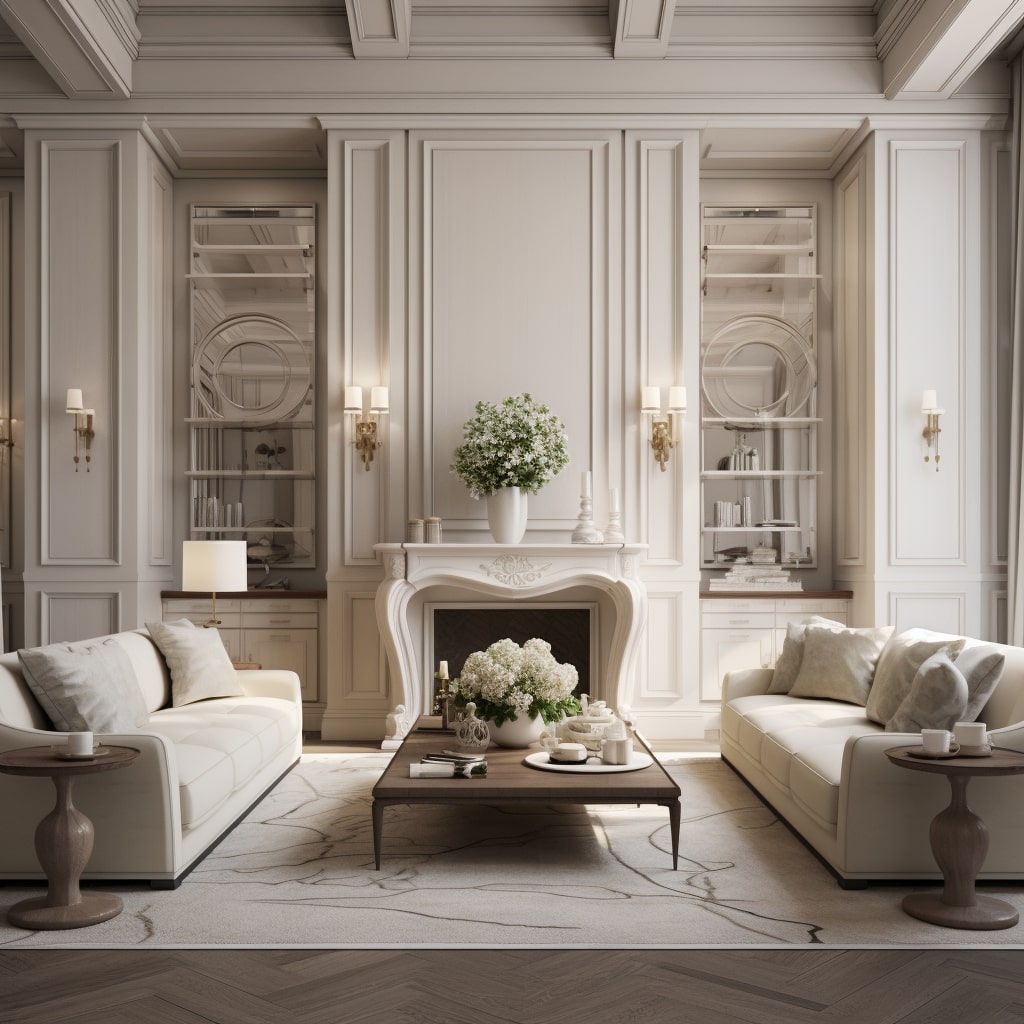
Key Concepts in Commercial Interior Design
Commercial interior design is a specialized field that requires a thorough understanding of key concepts and principles to create effective workspaces. Here are some of the key concepts in commercial interior design:
Ergonomics
Ergonomics is the study of designing workspaces and equipment to improve efficiency and minimize the risk of injury. In commercial interior design, ergonomics plays an important role in creating comfortable and efficient workspaces that promote productivity and reduce strain and fatigue.
Sustainability
Sustainability is an increasingly important consideration in commercial interior design. Designers need to incorporate sustainable materials and practices into their projects to reduce the environmental impact of buildings and create healthier workspaces. This can include using energy-efficient lighting, sustainable flooring materials, and natural ventilation systems.
Spatial Planning
Spatial planning involves designing spaces that are functional, efficient, and flexible. In commercial interior design, spatial planning is important to create workspaces that optimize workflow, facilitate communication, and accommodate changing work needs.
Branding
Branding is an essential element of commercial interior design, as it helps to reinforce a company’s identity and culture. Designers need to incorporate branding elements such as color schemes, logos, and graphics into their projects to create a cohesive and recognizable brand image.
Lighting
Lighting is a critical aspect of commercial interior design that can have a significant impact on productivity, mood, and overall wellbeing. Designers need to consider the amount and quality of light in a space to create a comfortable and visually appealing environment.
Color Psychology
Colors can have a profound impact on the human psyche and can influence mood, productivity, and behavior. In commercial interior design, designers need to consider the psychological effects of color and use it strategically to create desired outcomes, such as calming spaces for relaxation or stimulating spaces for creativity.
FAQ about Commercial Interior Design
Are you planning to hire a commercial interior designer but have questions about the process and what to expect? Here are some frequently asked questions about commercial interior design that can help you make informed decisions.
What is the role of a commercial interior designer?
A commercial interior designer is responsible for conceptualizing, planning, and executing the design of commercial spaces. They work closely with clients to understand their needs and requirements and create functional and aesthetically pleasing work environments that maximize productivity and well-being.
How much does commercial interior design cost?
The cost of commercial interior design varies depending on several factors, including the scope of the project, the level of customization required, and the geographic location of the project. A reputable designer will provide a transparent and detailed cost estimate upfront and work within a set budget.
What is the timeline for a commercial interior design project?
The timeline for a commercial interior design project depends on its scope and complexity. Generally, the process can take anywhere from a few months to a year or more. A well-planned and executed project should have a realistic timeline that is communicated clearly to the client.
How involved will I be in the design process?
As a client, your involvement in the design process can vary depending on your preference and availability. However, your input is vital to ensure that the final design meets your needs and expectations. A professional designer should keep you informed and involved throughout the process, seeking your feedback and approval at each stage.
Can commercial interior design help with branding?
Yes, commercial interior design can be an effective tool for branding. By incorporating branding elements such as logos, color schemes, and messaging into the design, a space can communicate the values and personality of a business. A professional designer can work with the client to ensure that the design aligns with the brand and creates a consistent and memorable customer experience.
What are some sustainable design practices in commercial interior design?
Sustainability is a growing consideration in commercial interior design. Designers can incorporate sustainable practices such as using eco-friendly materials, optimizing energy efficiency and natural lighting, and creating spaces that prioritize health and well-being. By employing sustainable design practices, businesses can reduce their environmental impact and promote a healthier and more productive workplace.
Can a commercial interior designer help with selecting furniture and accessories?
Yes. A commercial interior designer can guide the selection of furniture and accessories that are functional, comfortable, and in line with the design vision. They can also help with sourcing and ordering these items, ensuring that they arrive on time and within budget.


